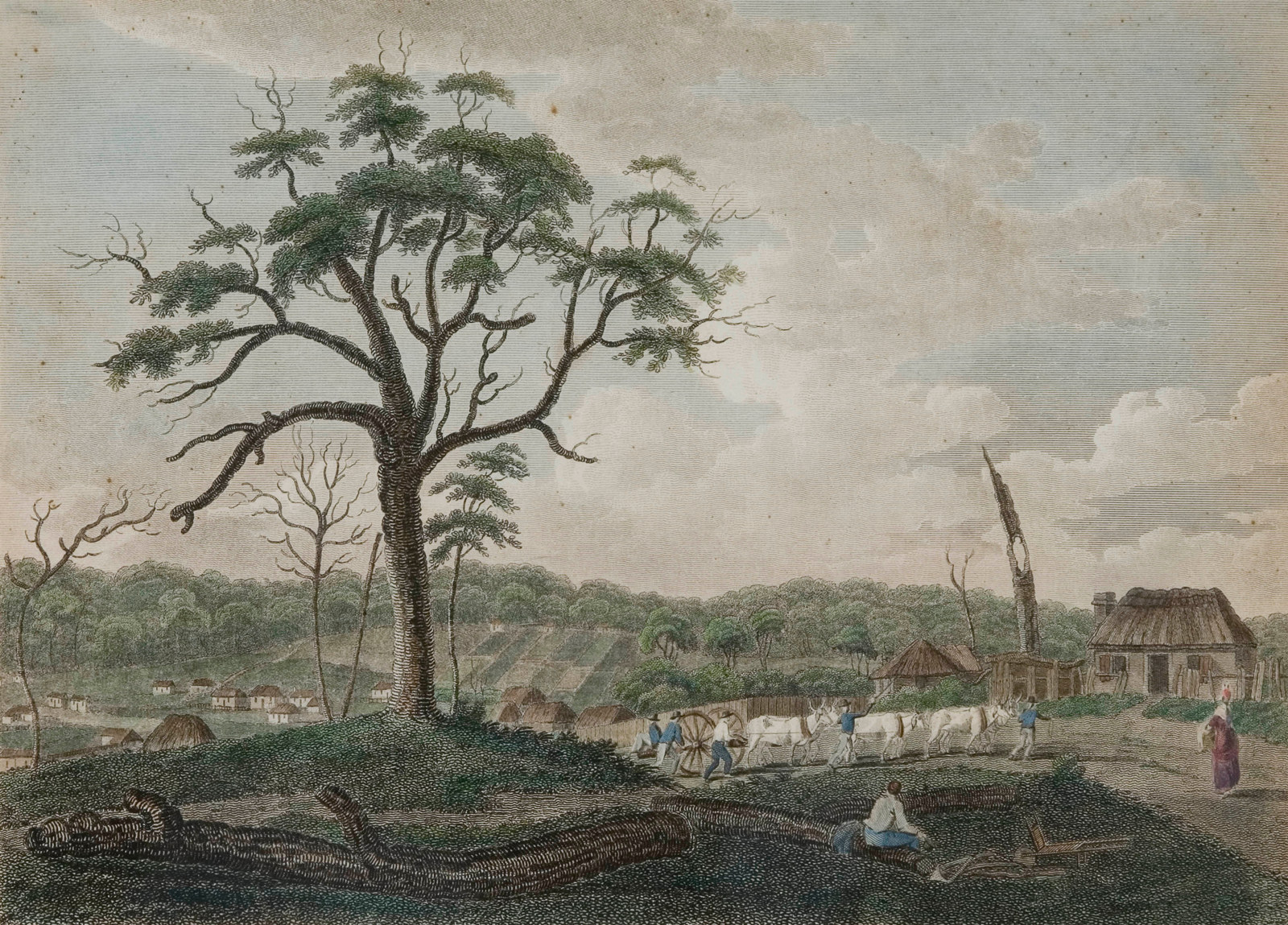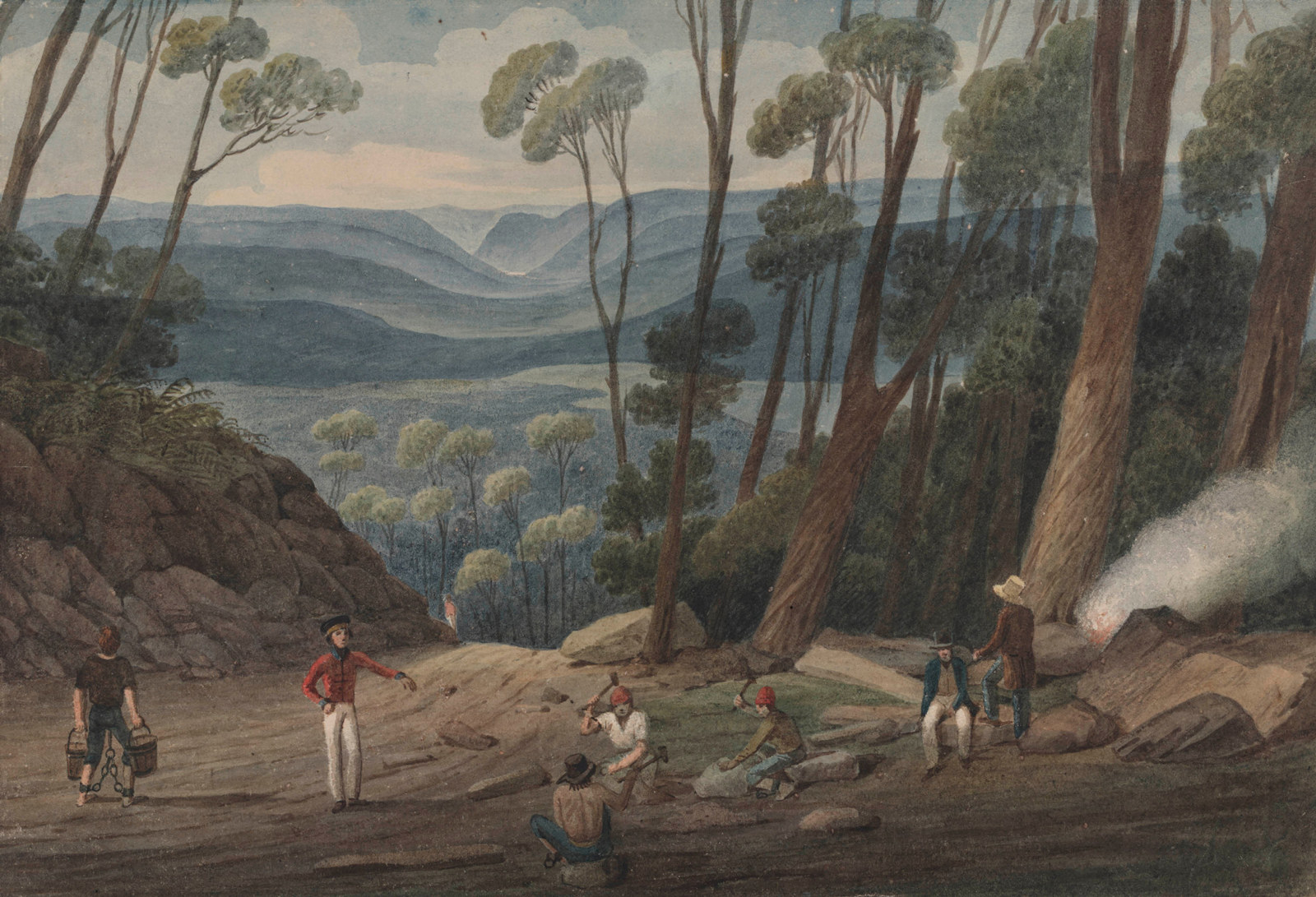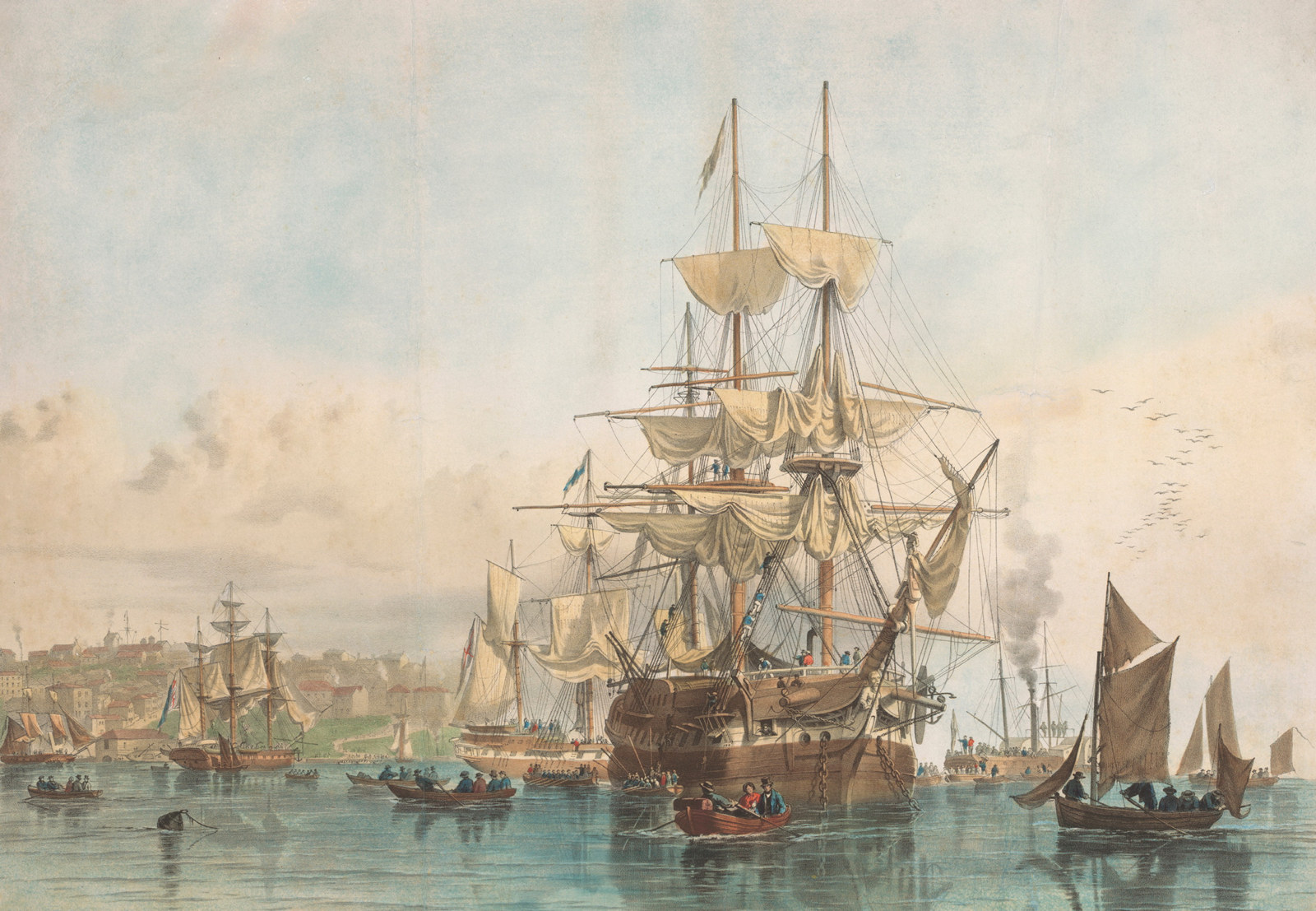Convict Sydney
From a struggling convict encampment to a thriving Pacific seaport, a city takes shape.
The Hyde Park Barracks once stood at the heart of a sprawling network of convict sites and systems.
Its impact as an agent of colonial change and the transformation of Aboriginal Australia is still felt today.
When it opened in 1819, its purpose was clear and simple - to sleep, feed and control upwards of 600 male convicts. It soon took on a more pivotal role. From 1830, officials working at the barracks administered what at that time was the world’s most elaborate and ambitious program of convict labour and punishment. A decade later as the tide of public opinion turned, convict transportation ended. The barracks, now obsolete, assumed another role - the grim reminder of a shameful past.
By 1848, when Hyde Park Barracks ceased operating as dormitory wards and offices, an estimated 50,000 convicts had passed through its entrance gates. Yet the experience of being a convict, like the character of Convict Sydney, altered dramatically over time. As the frontier moved outwards from the original camp on Sydney Cove - sweeping violently across Aboriginal country and reordering the landscape with towns, roads, farms and European settlers - the place and predicament of convicts in colonial life also changed.
This website tells the story of Convict Sydney in five parts. It explains how the colony ‘saw’ its convicts and wove them into its social and economic fabric. It also shows how the growing colony, with its dual emphasis on productivity and punishment, shaped and reshaped the convict experience.
Part 1: 1788-1815

Convict Sydney
The Convicts’ Colony
Part one starts in 1788 with Sydney established as a British convict colony on the clan lands of the Gadigal people
Part 2: 1815-1822

Convict Sydney
For the civic good
With the Napoleonic Wars over in 1815 and Britain crowded with returned soldiers, poverty and crime, part two finds the colony swamped with incoming convicts.
Part 3: 1822-1826

Convict Sydney
Back to business
From 1822, with the British government keen to cut costs and encourage pastoral expansion, part three sees the removal of convicts from town
Part 4: 1826-1837

Convict Sydney
A world of pain
The combined aims of the assignment system, from 1826 onwards, were to equip farmers with cheap convict labour, to disperse convicts away from towns (and other convicts) and to keep an eye on each worker’s whereabouts and treatment
Part 5: 1837-1848

Convict Sydney
The turning tide
Amidst public outcry, the convict ships stop but the ‘stain’ of Sydney’s convict past is harder to erase
Published on